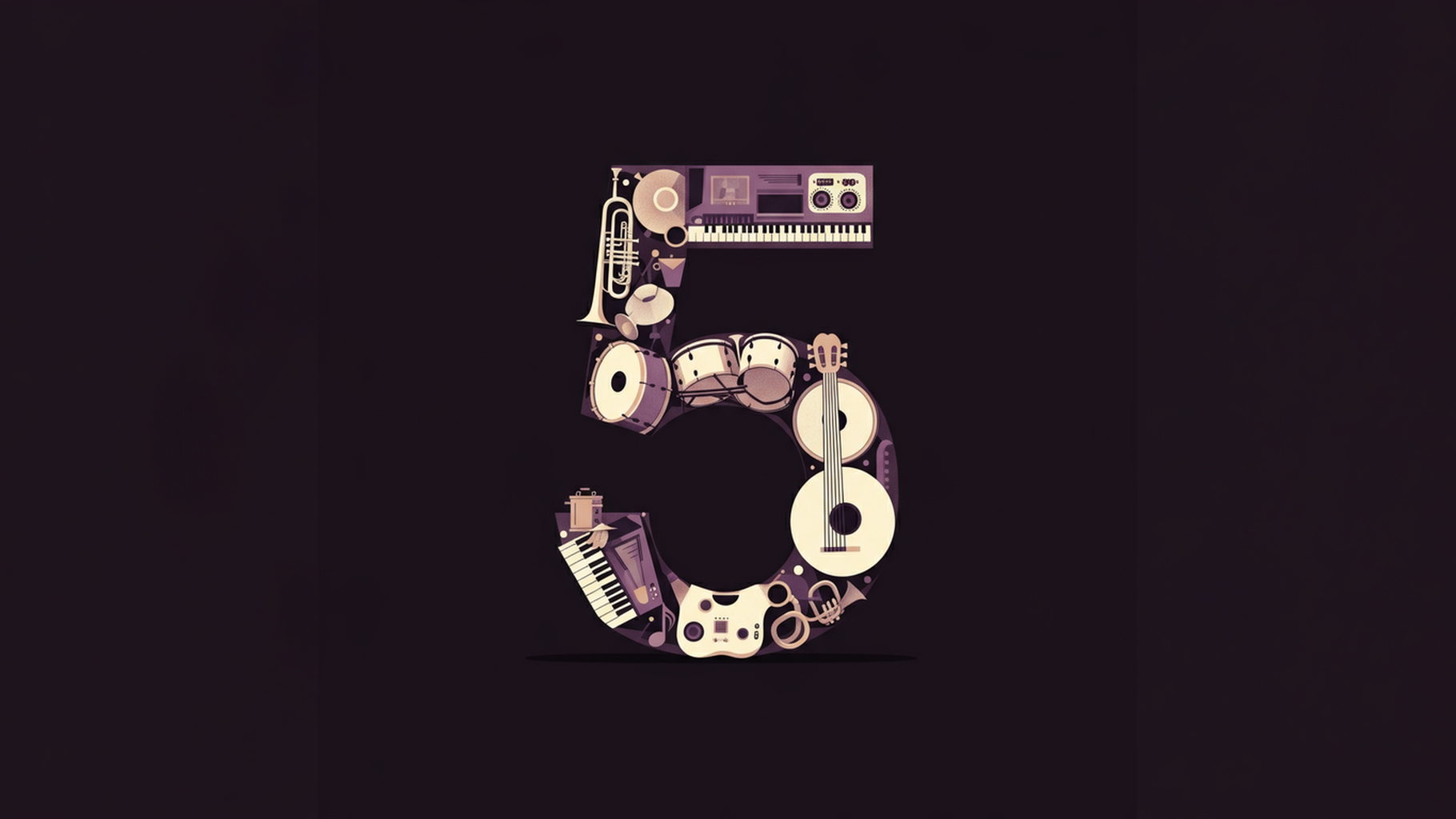
Access your free rider template Access your free rider template Access Now


Unlock the full potential of your Band
When you’re an independent band or solo artist navigating the grassroots music scene, a well-prepared rider can be your secret weapon for ensuring smooth and stress-free gigs. While many associate riders with extravagant demands from rock stars (think the infamous “no brown M&Ms” clause), a professional and well-structured rider is an essential tool for band management and ensuring you have what you need to deliver the best possible performance.
A clear, well-structured artist rider not only helps venues and promoters prepare for your arrival but also enhances your experience on the road. In this guide, we’ll break down the key things that every artist should include in their rider, ensuring your band is set up for success at every gig.
An artist rider is a document that outlines the requirements and expectations of a performing artist or band at a venue. It typically consists of two key parts:
Covers all the sound, stage, and equipment requirements necessary for the performance.
Details food, drink, accommodation, and comfort needs for the artist and crew.
For new artists playing in grass roots venues, a concise and professional rider makes event management far easier for both parties, helping venue managers prepare effectively while ensuring you have everything you need, ultimately leading to a better gig experience for both sides.
One of the most critical elements of an artist rider is the technical section. Without clear and precise tech specs, you could arrive at a venue to find missing equipment, incorrect setups, or sound issues that eat away at sound check and compromise your performance.
Stage Plot
A simple but detailed stage plot provides a visual representation of where each band member and their equipment should be positioned. Tip: Keep your stage plot simple and easy to read—no unnecessary clutter. Check out our Stage Plot Guide Here.
Input List
Your input list should include every microphone and DI required for your instruments. Giving your sound tech the info they need to get setup.
PA and Monitor Requirements
If you have specific requirements for the front-of-house PA system or monitor mixes, outline them here. If you use in-ear monitors (IEMs), specify whether you need extra outputs or mixing capabilities.
Backline & Equipment Needs
Many grassroots music venues have their own house backline (amplifiers, drum kits, etc.), so clarify:
- What equipment you will bring with you
- What equipment you need the venue to provide
If a venue supplies a house drum kit, specify whether you’ll use it or bring your own. The same applies to guitar and bass amps.
Lighting Preferences
While independent venues may have basic lighting setups, if you have any specific requests (e.g., “avoid strobe effects” or “prefer warm stage lighting”), mention them here.
Soundcheck & Load-In Times
To ensure smooth event management, include your preferred load-in and soundcheck times to avoid last-minute stress.
A well-fed and comfortable band = a better performance. The hospitality rider outlines your food, drink, and accommodation needs.
Food & Dietary Preferences
List any dietary requirements (e.g., vegan, vegetarian, allergies) to ensure that venue staff can prepare accordingly. If food isn’t provided, request recommendations for nearby food options
Drinks (But Keep It Reasonable!)
While some artists request beer and spirits, ensure your list is balanced with bottled water, soft drinks, and tea/coffee. Staying hydrated before a performance is just as important as celebrating after!
Dressing Room & Comfort Requests
Many grassroots venues have limited space, but if a private area is available, request it for pre-show preparation. Having a quiet space to warm up before a gig can make a huge difference.
Accommodation & Transport Considerations
If you’re touring outside your local area, specify:
Whether the venue is providing accommodation
If you need parking spaces for vans or cars
Whether a hotel buyout is required instead
Your rider should clarify your guest list (if applicable). Additionally, many venues support artists by providing space for selling merch—so ask if a merch table and vendor support are available.
Will the venue provide a table and lighting?
Can you set up before doors open?
Does the venue take a percentage of merch sales?
Providing clear contact details ensures smooth communication between you, the venue, and sound engineers. Make sure to include:
Your band manager’s or tour manager’s contact details
A secondary contact (in case of emergencies)
Links to your website, social media, and press kit
A professional and concise artist rider benefits everyone involved in an event, from band managers to venue staff and promoters. By using an artist management software like Stage Portal, you can standardise and automate rider requests, ensuring your requirements are communicated efficiently every time. Stage Portal allows you to easy build, share and update your riders in minutes.
Your rider should be clear, realistic, and professional. Independent venues appreciate bands who communicate their needs in an organised way, so keep it simple and avoid unnecessary demands.
With tools like Stage Portal, grassroots music artists can streamline their band management process, making it easier to handle event logistics, track rider requirements, and focus on delivering great performances.
If you’re an artist looking to take the stress out of gig planning, explore how Stage Portal’s Artist Management Platform can help you standardise your riders, manage your bookings, and focus on making music—not admin.
Discover the latest insights.